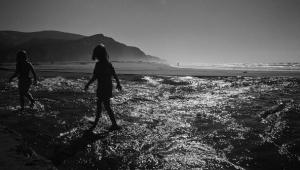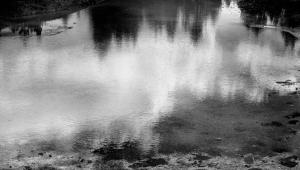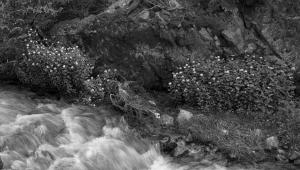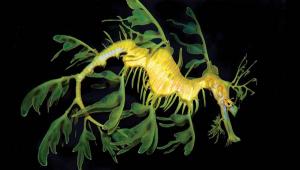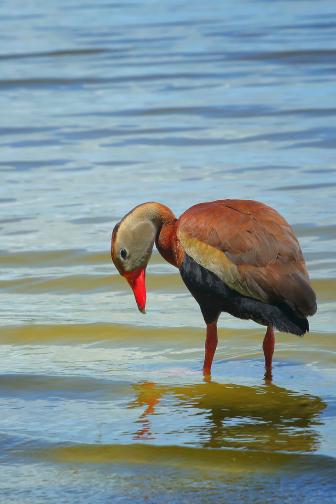People In Action; Changing Focus, Challenging Moments
Follow Focus
There are basically two different scenarios that can occur when you are trying to focus on fast moving subjects. People who are moving across your vision from left to right (or right to left) present one type of challenge, and subjects who are moving toward or away from you at a rapid rate present another problem, and one that is much more difficult.
In photo (#1), the Sikh rider at a festival in Punjab, India was moving roughly perpendicular to the lens axis from right to left. This meant that the distance of the subject to the lens was changing, but it wasn’t changing very fast. Even though the horseman’s forward speed was significant, he stayed approximately on the same plane as he passed the camera position. Therefore, keeping him in focus wasn’t hard. I used the AI servo feature on my Canon (continuous tracking on a Nikon) to make sure that the camera kept up with the small changes in distance between the rider and my lens.
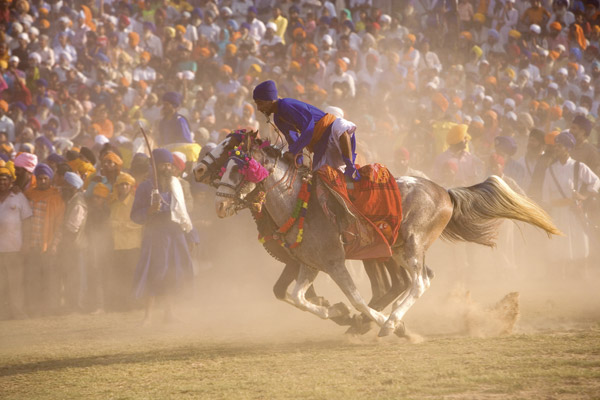
All Photos © Jim Zuckerman, All Rights Reserved
Focusing Points
When shooting fast moving subjects, it’s important to think about how to set the custom function on your camera regarding autofocus points. Many cameras give you this function whereby you can select one central focus point in the viewfinder or an arrangement of points. Figure (#1) shows a typical distribution of these points (the exact configuration of points varies from camera to camera). These correspond to the places where the autofocus mechanism looks for a subject to focus on. If you choose one central point, autofocus will be effective for many types of subjects and photographic situations like portraits, landscapes, architecture, cityscapes—in other words, subjects that are not moving. When you shoot cyclists, athletes in motion, or a horse and rider galloping past you at break-neck speed, it can be hard to keep the subject in the middle of the frame as you pan the camera trying to maintain focus. If the subject even momentarily moves out of the center of the frame, the autofocus mechanism goes haywire. It searches for something to focus on and in the process you’ve lost the shot. If you use the entire array of autofocus points, this won’t happen. One of the points will lock onto the subject and keep it in focus.
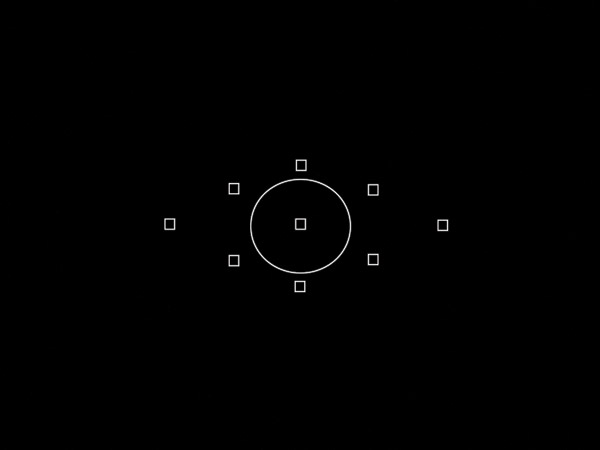
This issue arises with subjects that are not moving excessively fast, too, such as the Indian women walking in the desert in Rajasthan (#2). You can see that at the moment I took the shot, they were composed off-center. The reason they are sharp is because their forms were picked up by a few of the autofocus points.
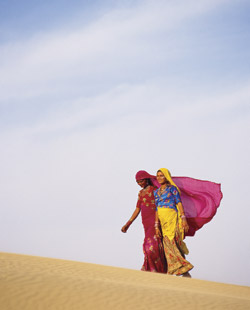
Predictive Autofocus
Camera manufacturers recognize the challenge photographers face when a subject is moving toward or away from the camera quickly. The point of focus changes every fraction of a second, and normal autofocus can’t keep up with the movement. Therefore, some of the better cameras have a built-in autofocus feature that is designed to predict where the subject will be. This is based on it’s rate of speed in the few moments before the picture is taken, and when the shutter is pressed the subject should theoretically be where the camera predicted it would be, thereby giving you a sharp image.
My experience is that this doesn’t work very well. In fact, I don’t depend on it because I’ve lost too many important pictures using this feature. Therefore, there are three techniques I use to focus on subjects moving toward or away from the camera.
1. I pre-focus on a point in front of the subject and then wait until the right instant when the subject moves into that spot. Then I take a single shot. This is how I captured photo (#3).

2. Alternatively, using the motor drive at roughly 5 frames per second (some cameras shoot faster than this) I’ll start shooting just before the critical point and hopefully one or two of the shots will be sharp.
3. I intermittently press the autofocus button and shoot. I do this because I feel that the continuous autofocus mechanism isn’t fast enough to follow a fast moving subject toward the camera. However, when I press the autofocus button the lens snaps into focus extremely fast—much faster than I could ever do so manually. As soon as the lens focuses on the subject, I shoot. Then I release the focus button only to press it again a fraction of a second later. This isn’t a perfect technique, but it works for me most of the time. That’s how I focused on the horses and riders in photo (#4).
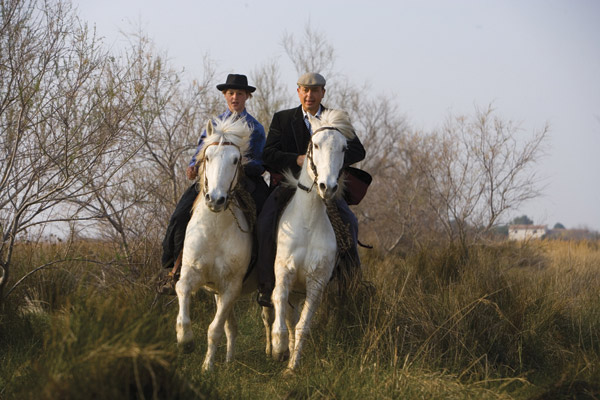
Shutter Speed Variations
If you want moving subjects to be sharp, you have to use the fastest shutter speed possible. The available light, the ISO, and the maximum aperture of your lens will determine that speed. If you want a faster shutter speed (to make sure you freeze the legs of a galloping horse or an athlete, for example), then you have to raise the ISO, shoot under brighter light conditions, or use a lens with a larger maximum aperture. Those are your only options. In a situation like an indoor rodeo (#5), I wanted the cowboy and the bull to be sharp but I couldn’t do it. The lighting was abysmally dark and I was already using 3200 ISO (this was taken before ISO settings could be used at 25,000) and my maximum lens aperture of f/2.8. Therefore, the only option was to capture a “creative blur.” On the other hand, when I photographed a cowboy leading a group of horses (#6), they weren’t moving fast and they were relatively far away. This meant that their movements almost appeared in slow motion. Therefore, I used a normal shutter speed of 1/250th of a second and the results are tack sharp.


In many circumstances, blurring people in action is a great technique. It is a way of implying motion in a still photograph, and at the same time it’s extremely artistic. Slowing the shutter down to abstract the color and form will produce images that will surprise you, and many times the results are beautiful. The bicycle race in photo (#7) is an example. It’s impossible to predict exactly how the image will look, but that’s part of the fun and the intriguing aspect of doing this. You can make an educated guess as to how the pictures will look, but that’s all you can do.

How fast or how slow should the shutter speed be? That really depends on several factors, such as what kind of effect you want, what lens you’re using, how far the subject is from the lens, and how fast the subject is moving.
For example, the costumed lady I photographed during Carnival in Venice (#8), was twirling for photographers about 10 ft in front of my camera. Because she was so close, the fabric of her costume seemed to move past the lens very fast. To capture an artistic blur, I reasoned, I’d need a shutter speed that was slow but not too slow. I didn’t want to lose so much definition in the subject that all I was left with was a color abstract. However, I was using a wide angle lens, and wide angles don’t magnify an image like telephoto lenses do. Therefore they require a much slower speed to really show a lot of blur—assuming that is what I wanted. Since I couldn’t be sure how the image would look as these factors intersected, I made an educated guess that I needed a shutter speed between 1⁄4 and 1⁄15th of a second. I settled on 1⁄6th of a second, and when I examined the LCD monitor to see what I had captured, I liked the result.

When I took some shots at my niece’s wedding (#9), Andrea and her new husband, Scott, were moving past me. I had a medium telephoto on the camera, and not wanting to interrupt the ceremony with a flash I panned with the couple and used 1⁄8th of a second. I didn’t want to abstract them too much, but rather I wanted to capture an impression of their love for each other with enough definition to see a facial expression. Again, this shutter speed was an educated guess, and based on what I saw in my mind, this turned out well.

When I photographed my neighbor swinging his daughter, Grayce (#10), I used a much faster shutter—1/125th of a second. I had tried slower speeds because I thought they would give me the kind of background blur I was looking for. The problem is that they produced too much blur and Grayce’s features were lost. It’s interesting that at a relatively fast speed of 1/125, the background blurred quite a bit because the rate of rotation was so fast. Sometimes, though, a complete abstraction of movement can be quite artistic. Photo (#11) shows a group of young Puerto Rican dancers at a Christmas parade in San Juan, and I used a shutter speed of 1⁄8th to create a palette of color.

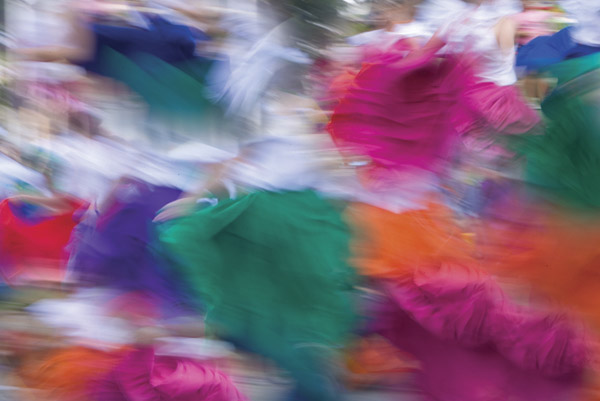
We have a tremendous advantage now of being able to get immediate feedback via the LCD monitor on the backs of our digital cameras. When using a technique like this one, we can tweak the shutter speed “on the fly” until we see exactly the kind of image we want. This removes the uncertainty and helps us capture what we want.
Flash-Blurs
A variation on this motion blur technique is to introduce a flash. When you combine a flash with a long shutter speed, you get essentially a double exposure. One exposure is from the flash, and it’s sharp, while the secondary exposure is from the ambient light recording an image during the relatively long time the shutter is open. This is a dynamic technique that can produce outstanding results. For example, the ballroom dancers I shot in (#12) were gliding past me as I sat in the front row in the audience, and I used a 1⁄20th sec exposure with a flash. I tried slower shutter speeds and didn’t like the results. You can see how the two distinct images are superimposed over each other—the blurred rendition of the dancer’s movement and the tack sharp image captured by the flash.

A second approach to this same idea can be seen in photo (#13), another shot from Carnival in Venice. In this case, the model didn’t move. I used a 1⁄2 sec exposure and after the flash fired I panned the camera toward a store-front illuminated display that was just to my left. I chose a 1⁄2 sec exposure to give me enough time capture the blur of lights that would appear superimposed over my subject.



